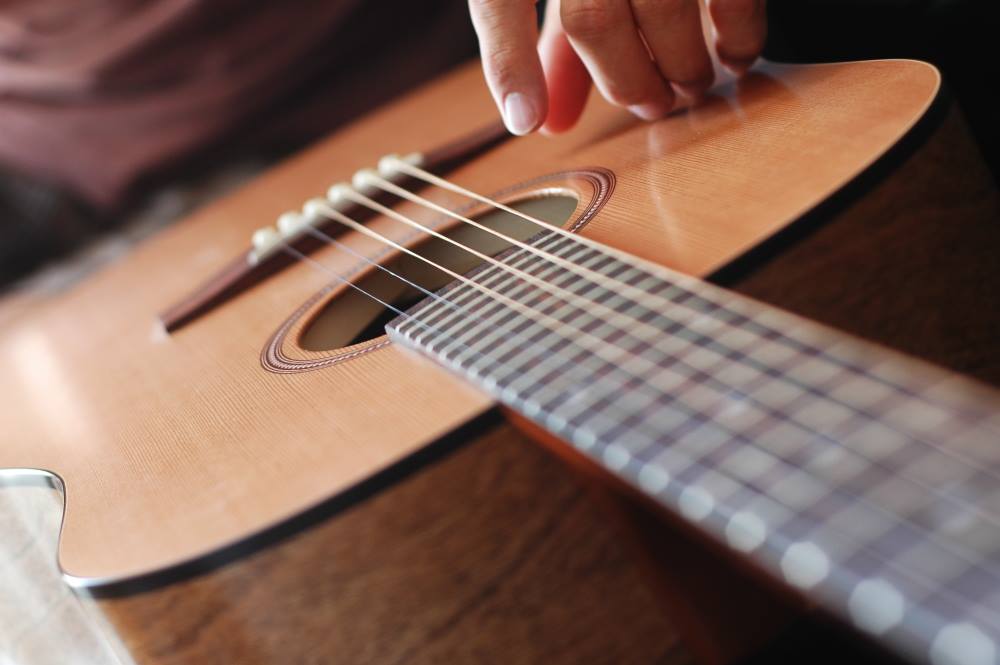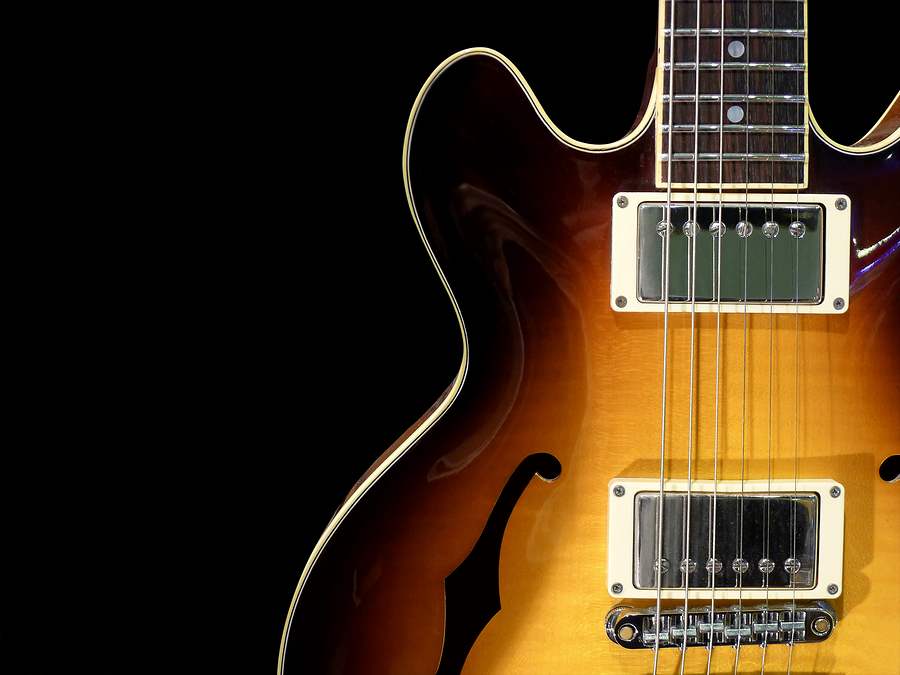March 29, 2021 by Klaus Crow
FreeDigitalPhotos.net
 If your kids show any interest in playing an instrument, then I can’t tell you enough to encourage them to go for it.
If your kids show any interest in playing an instrument, then I can’t tell you enough to encourage them to go for it.
You probably have no idea how much of a difference you’ll be making in their lives by letting them explore and develop a talent that will do more for them than you think.
Playing the Guitar Changed My Life
When I first picked up a guitar in the seventh grade, little did I know that my life would never be the same.
My Dad was a guitarist and he couldn’t wait until his son got old enough for him to jam with. He bought me my first real guitar for Christmas: A sweet blood-red Peavey electric bass. It was a great beginner bass guitar that played just as smooth as anything twice its cost. Plus it sounded twice as great too.
It was only a few months of practicing before I was in high school and the my guitar playing really changed my life. When you’re young, you seek out other people who are like you. So naturally I became friends with pretty much any other musician I could find. Before long my evenings and weekends were filled with more band practices and good times than I would have ever predicted. Everywhere I went, we all went as a group.
At a time when most other teenagers were being loners or just plain awkward, being in a band gave me the opportunity to hit the stage at the local talent shows, dances, and other hot spots around town. And with every performance I became more and more adventurous about performing live in public and meeting other people.Continue Reading
 The spider exercises are one of my favorites. The spider is a cross string picking exercise that is designed to develop dexterity in both hands.
The spider exercises are one of my favorites. The spider is a cross string picking exercise that is designed to develop dexterity in both hands. When I first started playing electric guitar (4 years after I picked up the acoustic guitar) all I wanted to do is learn those almighty guitar solos of Slash, Nuno Bettencourt, Joe Satriani, Stevie Ray Vaughan, Scott Henderson, Marty Friedman, Kirk Hammet, Dimebag Darrel and other great legends.
When I first started playing electric guitar (4 years after I picked up the acoustic guitar) all I wanted to do is learn those almighty guitar solos of Slash, Nuno Bettencourt, Joe Satriani, Stevie Ray Vaughan, Scott Henderson, Marty Friedman, Kirk Hammet, Dimebag Darrel and other great legends. Building, learning and mastering a repertoire is part of being a musician. It’s your chance to show who you are as a musician.
Building, learning and mastering a repertoire is part of being a musician. It’s your chance to show who you are as a musician.